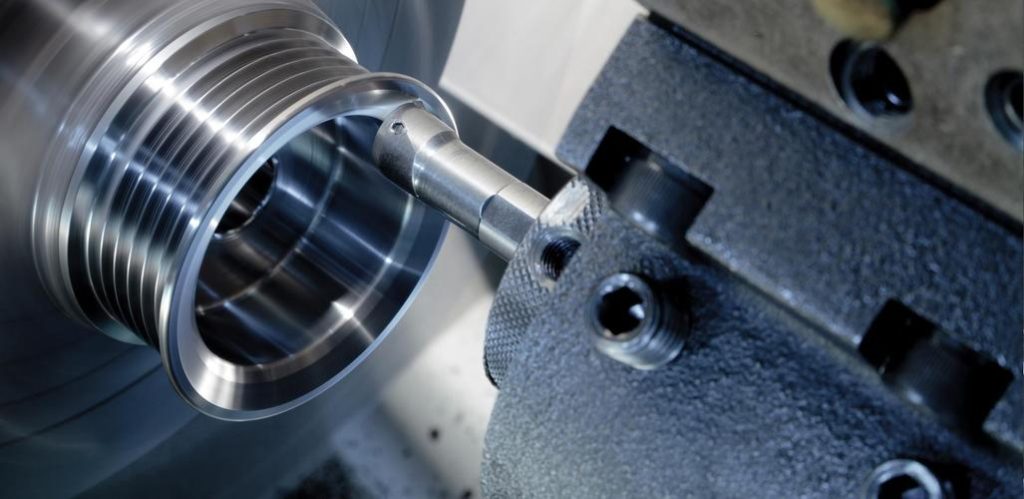Machining processes play a crucial role in manufacturing. They transform raw materials into precise and functional parts. Here are 8 common machining processes:

1. Turning
Turning is a fundamental process. It involves rotating a workpiece while a cutting tool removes material. This is ideal for creating cylindrical shapes. The tool moves along the rotating workpiece, shaving off excess material to achieve the desired diameter and surface finish. It’s widely used in industries like automotive and aerospace for producing shafts and spindles.
2. Milling
Milling uses a rotating cutter to remove material from a stationary workpiece. It can create complex shapes, slots, and holes. Different types of milling cutters, such as end mills and face mills, are employed depending on the task. Milling is essential for manufacturing components with flat surfaces and intricate geometries, like engine blocks and brackets.
3. Drilling
Drilling is the process of creating holes in a workpiece. A drill bit rotates and penetrates the material. It’s a basic yet vital operation in many industries. Precise drilling is crucial for tasks like creating bolt holes or channels for fluid passage. The accuracy of the hole’s diameter and depth is of utmost importance.
4. Grinding
Grinding uses an abrasive wheel to achieve a high surface finish and tight tolerances. It’s often a finishing operation. The abrasive particles on the wheel remove small amounts of material, smoothing the surface of the workpiece. This is commonly used for parts that require a smooth and precise surface, such as bearings and tooling.
5. Broaching
Broaching is used to create complex shapes with high precision. A broach, a toothed tool, is pushed or pulled across the workpiece. It can produce internal and external features like keyways and splines. Broaching is efficient for mass production as it can achieve consistent results quickly.
6. Electrical Discharge Machining (EDM)
EDM is a non-traditional process. It uses electrical discharges to erode material. This is useful for machining hard and brittle materials that are difficult to cut with conventional tools. EDM can create intricate shapes and small holes with high accuracy, making it valuable in the mold-making industry.
7. Laser Machining
Laser machining utilizes a high-intensity laser beam to cut or engrave materials. It offers high precision and minimal material waste. The laser beam melts or vaporizes the material, allowing for detailed and clean cuts. It’s popular in industries like electronics and jewelry for creating fine and delicate parts.
8. Waterjet Cutting
Waterjet cutting uses a high-pressure stream of water, sometimes with abrasive particles, to cut through materials. It can cut a wide range of materials, from metals to composites. The process is cold, which means there’s no heat-affected zone, preserving the material’s properties. It’s suitable for cutting thick and hard materials with complex shapes.
In the CNC machining market, rapidefficient stands out. They offer high-quality CNC aluminum machining services. Their advanced technology and skilled team ensure precise and efficient production. Whether it’s for prototyping or mass production, rapidefficient can meet your needs with excellent quality and fast turnaround times.






